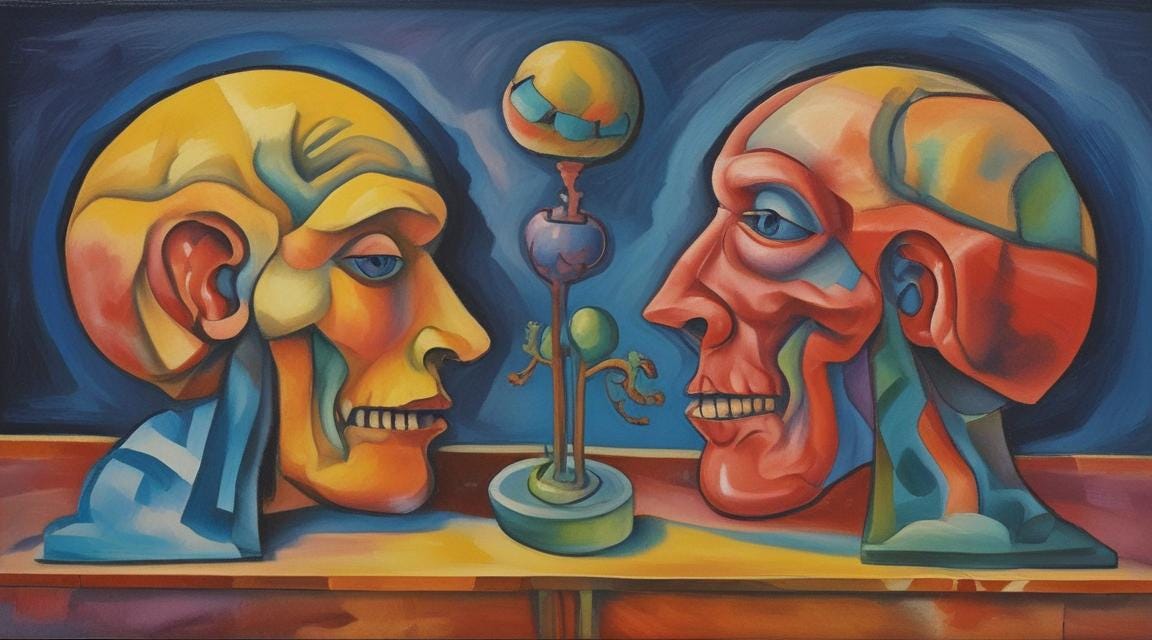Prometheus Rising
Neurological Circuits
Humans have a limited understanding of the Universe. They use crude tools to observe the world around them and then use those observations to find patterns. Some of these patterns are useful to humans. If these patterns are useful enough, humans turn these patterns into what they call "models". Models of the human's world undergo constant analysis and criticism, some honest, some not-so honest. The models that hold up to this criticism survive, many times with tweaks to incorporate new information. Models that do not hold up fall into disuse. Using the surviving models, humans can explain the "whys" and the "hows" of their world and make sense of things that were once mysterious. One such model about the most mysterious object in the known Universe, the human mind, has been invented, refined, and re-invented many times by many humans in history. This so-called "model of consciousness" attempts to present a big-picture understanding of the human brain's function by segmenting the human brain into a number of smaller brains, each with a specific program called a "circuit". These circuits each drive different human inclinations and behaviors. Each circuit can present as a stronger or weaker influence in the mind of each individual human, providing for a wealth of differing human behaviors among individual humans. Can such a model give insight into the "whys" and "hows" of the human mind? Join us this week as we explore this model of "neurological circuits" and discuss whether it can or can not.
Recommended Reading:




